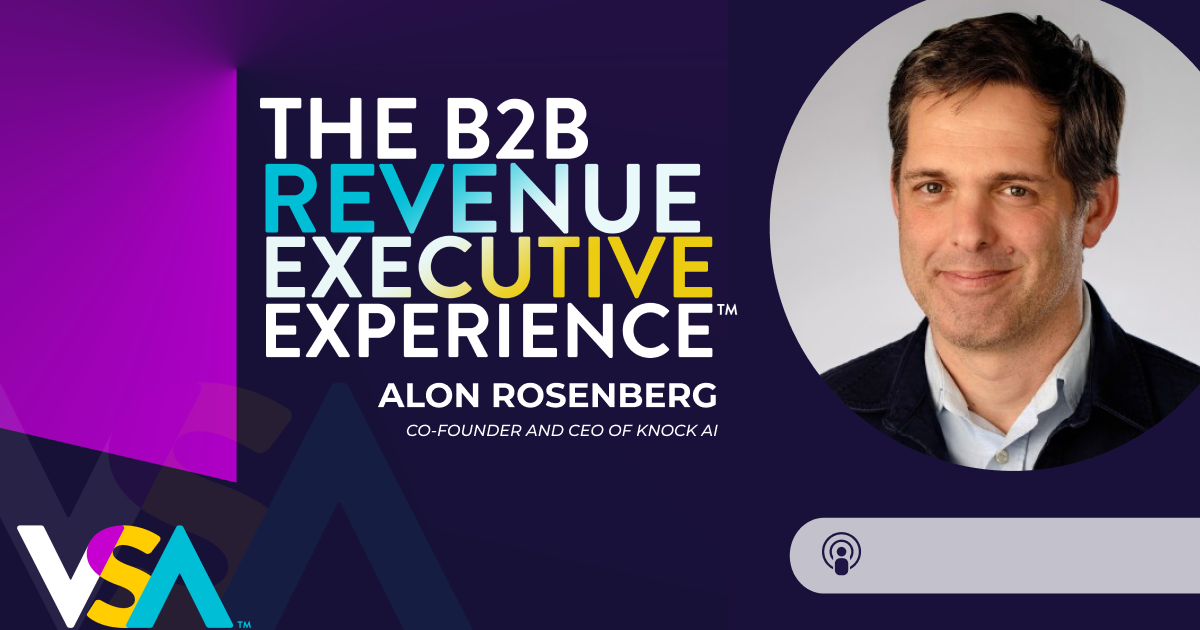The Power of Word of Mouth (& How to Harness It)

– Subscribe to the Podcast or Write a Review: –
Stitcher – Google Podcasts – TuneIn – Apple Podcasts
Word of mouth is one of the most powerful marketing tools.
Yet most marketers have know idea how to harness it.
You don’t need to wait for it to happen organically…
You just need the right strategy.
And there’s no one better to learn from than JP Clement, CEO at boomtime Word of Mouth Marketing. In today’s episode, he shares how to harness word-of-mouth marketing effectively (and strategically).
What we talked about:
- The power of word of mouth
- How to leverage channels you already use to boost word-of-mouth results
- Why you need to treat your LinkedIn page as a booth at a virtual tradeshow
The power of the word
For many, strategically approaching word-of-mouth marketing is something that seems like black magic.
Most marketers hope it happens organically — your product becomes ingrained in some cultural zeitgeist and everybody is talking about it — and it can seem like winning the lottery.
But you don’t need black magic and you don’t have to clean your local 7Eleven out of lottery tickets to reap the rewards.
In fact, you are probably doing a lot of the things you need in some form already.
What word-of-mouth marketing really is:
The reason people trip up on this is because they often don’t think about the factors that go into customers wanting to evangelize their product.
Essentially, it’s just keeping yourself in the mind of your customers.
That’s it.
“Word-of-mouth marketing is really about generating top-of-mind awareness for our clients.”
JP Clement of boomtime Word of Mouth Marketing
And most of your marketing is already perfectly suited towards that goal — you just need to think about it a little differently.
How to harness word of mouth
If you take a look at the channels you use to market to prospects, you’ll find all the tools you need to build word-of-mouth success.
That’s because what keeps people talking about your company is killer content. And of course, your prospects accessing that content.
Social media, advertising, search, video, podcasting — these are all great ways to get your content in the hands of your prospects.
But even older, less sexy channels are extremely effective, like email, which any marketer would be wise not to discount.
“Email marketing has been around for a long time. But if you look at the numbers from the industry, it’s still not one of the highest ROIs in digital marketing.”
JP Clement of boomtime Word of Mouth Marketing
Preparing
If you want success, you need to know what it looks like.
Before you embark on any marketing campaign, you need to make sure that you have the right KPIs, the right measurements and the right analytics to know whether your efforts are working.
If you can’t measure it, you can’t manage it.
Unfortunately, there isn’t a one-size-fits-all set of metrics, so you will need to figure out your goals and make sure that you are actually measuring success.
Content is king
Content is still king. And if you want customers raving about you, you need to tailor your content to them.
No one cares about the backstory behind your company. They want you to help them solve their problems.
And even if the problems you are solving are not directly tied to your business, if it helps people solve their problems, then you’ll be top-of-mind the second they do need a product like yours.
Content is how you build trust. And trust is the foundation of word-of-mouth marketing.
LinkedIn is a tradeshow
So, in practice, you can use any of your channels.
But in a world beset by a pandemic, LinkedIn has some clear advantages in the current social and economic climate.
This is because LinkedIn is basically a giant trade show.
And in a world where trade shows have joined the phonograph as a relic of the past, this is a big deal.
“LinkedIn has basically become a virtual 24/7 tradeshow.”
JP Clement of boomtime Word of Mouth Marketing
So, you want to think of your LinkedIn page as a booth at the world’s largest trade show.
Use it to help people solve their problems, engage with your content and, perhaps most importantly, talk to your customers.
You need great content to get engagement, sure. But without the right context, it doesn’t matter. Talking to your audience allows you to learn what is important to them, the problems they face, and how you can best solve them.
LinkedIn is also a great place to measure your efforts. You can track engagement on your posts or conversion rates. You can AB different media — photos with captions, written word, video, audio, etc. — and see how your customers prefer to consume your content.
LinkedIn was important before the pandemic, but it’s even more valuable now.
This post includes highlights of our podcast interview with JP Clement, CEO at boomtime Word of Mouth Marketing.
Subscribe to hear this episode and many more like it. For the entire interview, you can listen to The B2B Revenue Executive Experience. If you don’t use Apple Podcasts, we suggest this link.
Explore More









